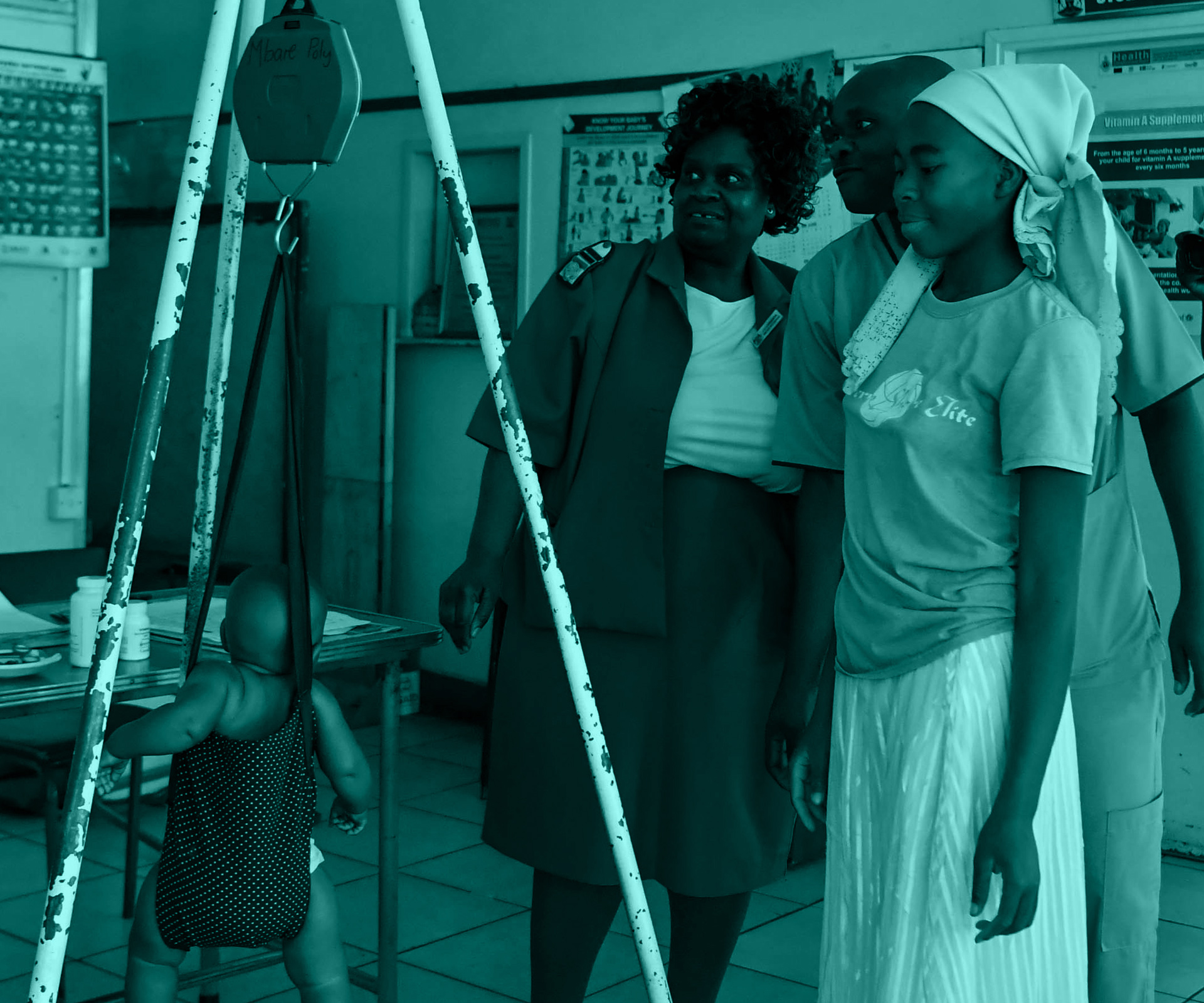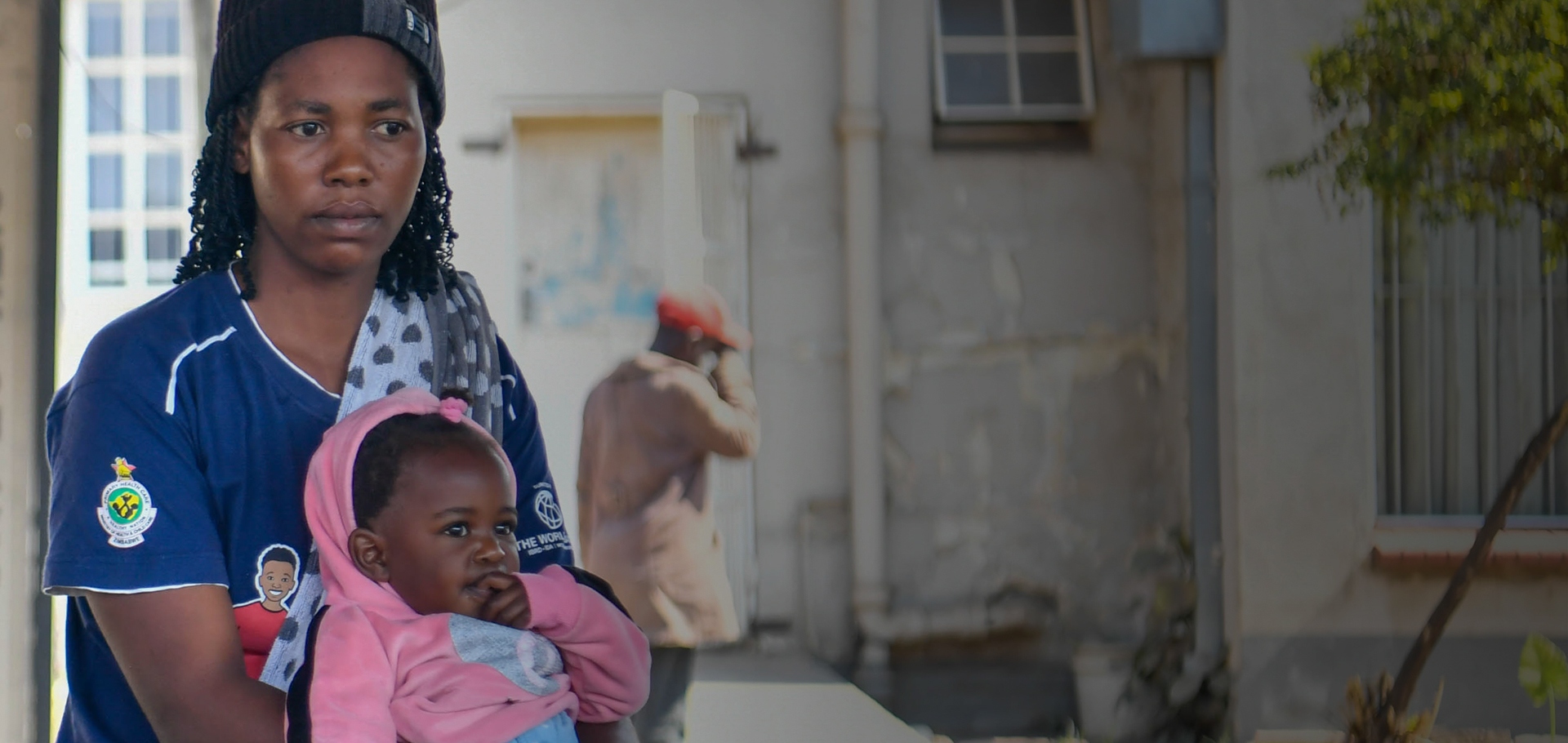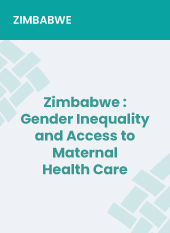Explore results and analytic products related to country progress in RMNCAH-N.

Country Routine and Project Indicators by Priority Area
This section presents a selection of country routine and project indicators tagged across national priorities and GFF areas of engagement. Users can select a thematic card to view the indicators grouped under that area of engagement and visualize corresponding national and subnational trends in the implementation progress section, where available. Because indicators are relevant to multiple strategic priorities, please note that some may appear under more than one category.
Implementation Progress Data
This section includes selected indicators from the Investment Case Results Framework, Health Financing priorities, and the relevant World Bank projects. Indicators have been tagged by technical programmatic areas to support thematic analysis and visualization. Use the dropdown menu to select an indicator and view the corresponding data. Where subnational data is available, the map will display either time trends or the most recent data for each region. Hovering over the map reveals additional details for the selected indicator, and clicking on a region adds it to the chart on the right. All data, including source information, can be downloaded by clicking the arrow next to the indicator dropdown.
Impact Indicators
This section presents core impact indicators for RMNCAH-N and health financing. These indicators track health outcomes and financing performance, aligned with global targets to support evidence-based planning and resource allocation.
Core RMNCAH-N Impact Indicators
The 8 GFF core impact indicators reflect updates aligned with the in-country survey schedule which optimally occurs once every three to five years to determine population-based changes in important health and nutrition outcomes. These indicators are core to the GFF Logic Model, to reflect impact of aligned interventions over time.
Core Health Financing Indicators
The six GFF core health financing indicators track changes to country budget and expenditures with a focus on health spending, to monitor the expected impact of increasing the total volume and value of funding allocated to health and nutrition. The GFF partnership supports financing reforms by engaging with ministries of finance and ministries of health to strengthen mobilization of domestic resources as well as allocative and technical efficiency. These indicators are tracked through country-specific data sources such as BOOST, NHA, and budget reports. Expenditure data are tracked through the Global Health Expenditure Database (GHED), for which data are available through the end of 2018. Through measurement of budgets and expenditures, the GFF partnership aims to accelerate the expansion of interventions that are high-impact, cost-effective, affordable, and feasible to accelerate progress on universal health coverage and in achieving SDG targets.
Survey and Estimated RMNCAH-N Coverage
The Zimbabwe team collaborated with Countdown to 2030 and GFF in an analysis workshop in Nairobi Kenya, in June April, 2025. As a result of that workshop the team estimated coverage of key service delivery indicators for participating countries that can be found in this link.
The RMNCAH-N coverage data includes a standard set of 15 RMNCAH-N coverage indicators from available population-based surveys from 2010 to the most recent available survey. These indicators show progress towards key goals across maternal, child, and adolescent health and nutrition outcomes. Additional key nutrition-sensitive and/or education-specific coverage indicators are presented for countries where the GFF co-finances a nutrition-focused World Bank project or where education is a strong focus of the IC.
The RMNCAH-N coverage data are sourced from the most recent available population-based surveys.
Data and Analytics Partnerships
The GFF works in close collaboration with governments and technical partners to strengthen national data systems and promote the use of evidence for decision-making. Through initiatives such as AdLAB, Countdown and MAGE, countries are supported to generate, analyze, and apply data to improve planning, equity, and accountability for women, children, and adolescents’ health. Learn more about these partnerships and how they support country-led efforts.
Countdown works with countries to analyze health trends and equity gaps. It supports subnational tracking and data use to improve planning and resource allocation for RMNCAH-N priorities through technical collaboration and capacity strengthening.
MAGE (Monitoring and Action for Gender and Equity) supports data and analyses for prioritizing and tracking reforms that advance gender equality and women's, children's, and adolescents' health. It supports countries to generate and use data and analyses for more gender equitable health systems and services.








































GFF Partner Country Zimbabwe
Zimbabwe’s investment case focuses on the broader health sector, including women, children, and adolescent health and nutrition. It prioritizes reforms in strategic purchasing of health services in 18 districts, expansion of the urban voucher program for the poor, enhancing quality of services in hospitals, and strengthening governance and health financing.
The GFF is supporting a country platform which will oversee donor coordination and alignment. It also supports a feasibility assessment for using block chain technology in commodity tracking and results verification, and studying the use of machine learning for early warning of service disruption. A commodity tracking system has been successfully set up to track commodities procured and an early warning system to detect service disruptions has been developed.
The country has successfully executed an Essential Health Services Grant from the Global Financing Facility (GFF), amounting to $15 million, as additional financing for the World Bank's Zimbabwe COVID-19 Emergency Preparedness and Essential Health Services Project ending in August 2025. The funding has strengthened health systems in 25 Districts, focusing on recovering RMNCH services affected by COVID-19. Key initiatives include integrated outreach, community surveillance, family planning commodity security, equipping of surgical maternity theatres and digital health innovations such as the electronic maternal and perinatal death notification system.